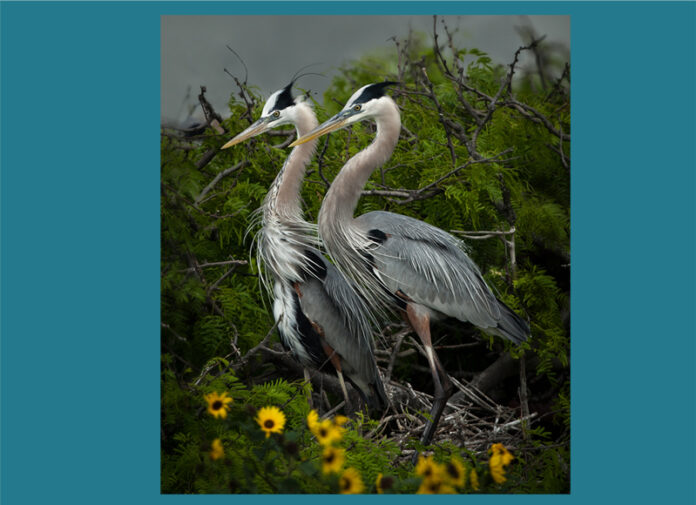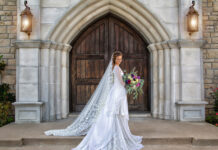
Personal trial and tribulation is often a great motivator in shaping one’s future. While caring for her mother after a debilitating stroke, Aileen Harding was sorting through some of her mother’s old photographs and found one of her parents on their wedding day. Each one was filled with love and promise. It was at that moment that Aileen decided that everyone needed good photographs to commemorate their own lives and that she needed to learn how to create them. Digital photography was coming on the scene and she was hungry for knowledge, so she spent hours online with Kirk Voclain’s Pro4um. Soon she learned about PPA and the Professional Photographers of Houston and enrolled in the Texas School of Professional Photography. She was on her way.
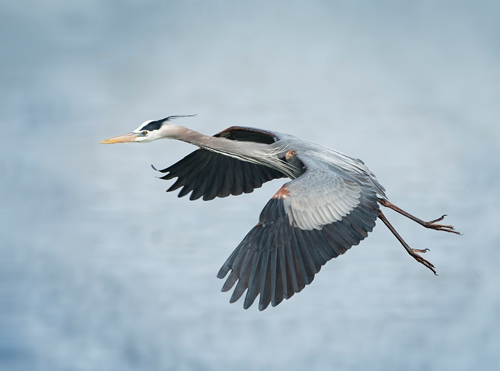
It was in 2005 that Aileen opened her residential studio in Baytown, Texas. It was small but she averaged around 30 sessions per year, primarily seniors, families, and some pets. But her exposure to her local guild made her hungry to learn more.
“Watching print judging for the first time changed my life. I never knew images could be so beautiful,” she says. “It gave me a goal and provided me guidance from various mentors. Because of this, the Houston Guild has been a big part of my life for the past 12 years.” In 2012, Aileen entered her first IPC competition and three of her entries were accepted in the Loan Collection. She was hooked.
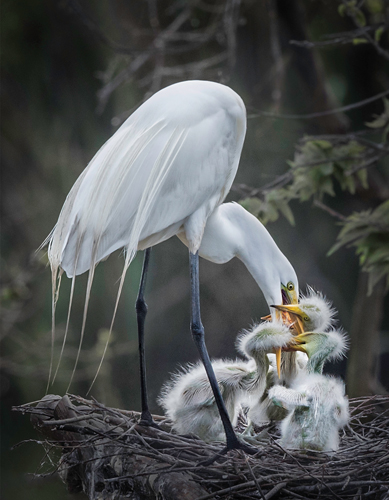 “I’ve always loved birds,” Aileen recalls. “Living along a major migratory path for birds passing through for the winter, gives me the opportunity to enjoy birds year round. Songbirds, Raptors, Hummingbirds, Sandhill Cranes… they all travel through and many of them choose to stay awhile. But, living in the deep South also means there are lots of great birds to see all year-round. The older I get, the more I enjoy quiet time and just watching them while listening to the wind in the marsh grasses and feeling the warm sunshine. But I especially like to photograph the larger water birds.”
“I’ve always loved birds,” Aileen recalls. “Living along a major migratory path for birds passing through for the winter, gives me the opportunity to enjoy birds year round. Songbirds, Raptors, Hummingbirds, Sandhill Cranes… they all travel through and many of them choose to stay awhile. But, living in the deep South also means there are lots of great birds to see all year-round. The older I get, the more I enjoy quiet time and just watching them while listening to the wind in the marsh grasses and feeling the warm sunshine. But I especially like to photograph the larger water birds.”
Going all the way back to her film camera days in the 1990’s, Aileen loved photographing the Blue Herons. “They were my favorite bird at the time, with their various shades of blue. Currently, my favorite is the Reddish Egret. They make me smile as they dance in the shallows for supper, throwing shadows with their wings to make the fish scatter, and snatching them up with their pointed beaks.”
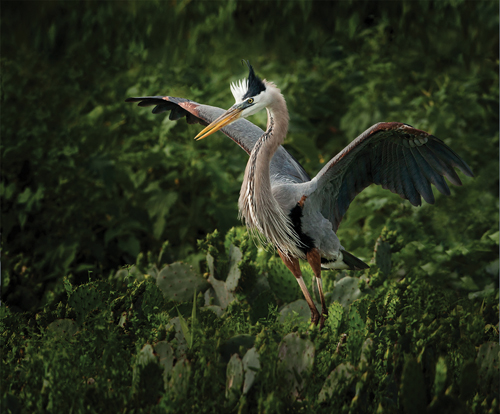 Photographing these beautiful creatures is also a tremendous stress reliever, as Aileen points out. “I love to go to the bay and roll down my windows and feel the wind and listen to the bird calls. Getting to see their different personalities is my idea of relaxation.”
Photographing these beautiful creatures is also a tremendous stress reliever, as Aileen points out. “I love to go to the bay and roll down my windows and feel the wind and listen to the bird calls. Getting to see their different personalities is my idea of relaxation.”
Her technique is relatively simple. Aileen does not use blinds or setups. Instead, she goes to the rookeries during breeding season or along the marshes to find the birds in their natural habitats. “We have several bird sanctuaries in our immediate vicinity and nearby in the Galveston area,” she explains. “When doing wildlife photography, it is always best to shoot during the ‘golden hour,’ just before sunset or just after sunrise while the light is soft, diffused, and directional. As the sun rises in the sky, shadows become harsh, and images are not as pleasing.”
She also points out how important it is to understand where the light direction will be in regard to the subject matter. “The same rules apply as in studio lighting,” says Aileen. “You will want directional lighting that gives depth and dimension to your subject. But, while you can create beautiful images in this scenario, your window of opportunity is going to be fairly limited.”
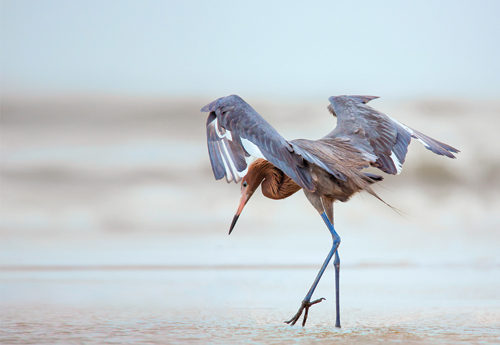 A good source for planning your own wildlife photo excursion is The Photographers Ephemeris (TPE). This app shows where the sun and moon will be and where the light will fall at any time, for any location on earth. “This is a great way to plan the optimal time to photograph at your chosen location,” says Aileen. “Plumage is always best during breeding seasons, and this is when photographers come from all over the world to photograph the rookeries along the Texas Gulf Coast. Of course, Egrets and Herons can be found almost anywhere, and they are spectacular during breeding season.”
A good source for planning your own wildlife photo excursion is The Photographers Ephemeris (TPE). This app shows where the sun and moon will be and where the light will fall at any time, for any location on earth. “This is a great way to plan the optimal time to photograph at your chosen location,” says Aileen. “Plumage is always best during breeding seasons, and this is when photographers come from all over the world to photograph the rookeries along the Texas Gulf Coast. Of course, Egrets and Herons can be found almost anywhere, and they are spectacular during breeding season.”
After you’ve figured out what type of birds you want to photograph, where they are, and how they behave, it is time to consider the technical aspects of bird photography. Lens choice is extremely critical in bird photography as well. “Consider whether you are shooting full-frame or with a cropped sensor. A general rule of thumb is that you should have a minimum focal length of 400mm. Of course, it all depends on how far away the birds are and how much of the environment you want included in the image,” she says. To “tell the story,” Aileen usually shoots from 400mm to 600mm, using a fixed (prime) lens for maximum sharpness.
Aileen also highly recommends a sturdy tripod designed to hold a long lens. “Be sure that these items are rated for the weight of your camera and lens. Choose a head that allows you to pivot your camera to follow the birds in action. This would usually be a Gimbel or Wimberly Head, but I use a ProMedia Head that I purchased at the Imaging USA Trade Show at a great discount. Hand-holding a long lens and creating a sharp image is very difficult, if not almost impossible. Remember that the slightest movement becomes obvious when shooting at 400mm or more.”
Other tips include paying particular attention to the background. “Make sure it enhances and doesn’t distract from the subject. Ask yourself if the background and composition help to tell the story. Then photograph from eye-level if at all possible. This creates a more compelling image. If you plan to enter your image in competition, keep in mind that there seems to be an unwritten rule that birds must be entirely in focus from wing-tip to wing-tip and throughout the body. But, for other well-known national photographic competition, a little wing blur is preferred as it creates a more dynamic image.”
For birds in flight, Aileen recommends that the focal point should either be center-focus or use dynamic auto-focus. “You will want to choose an aperture that will give you sharpness throughout. So, whenever possible, I try to shoot at f8.” Continuous auto-focus, with a shutter speed priority of 1200 to 4000, depending on the type of bird, direction of flight, and speed of flight, is also recommended.
If all of this is intriguing to you, Aileen recommends you first decide what kind of birds you want to photograph. Then find out where they hang out and learn about their behavior. “There are a number of great resources for this. You can join local birding groups or the Audubon Society in your area. Google can be your best friend when doing this research,” she explains. “And don’t forget, you can always put up feeders in your own yard. That’s the easy way to photograph birds!”
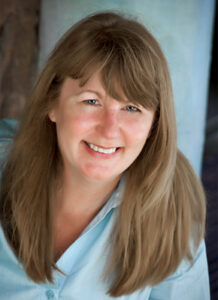
Aileen Harding is a PPA Master Photographer, Craftsman and Certified Professional Photographer. She has always felt a need for artistic expression; writing poetry and stories as a child. Those things were put aside in adulthood and exchanged for more domestic endeavors. It wasn’t until her father’s unexpected death and her mother’s subsequent stroke that she realized the importance of capturing the things we value with film. Her work has been published on the cover of the Photographer Magazine and her images have appeared in the Professional Photographer as well. She received her PPA Imaging Excellence Medal in 2019.



